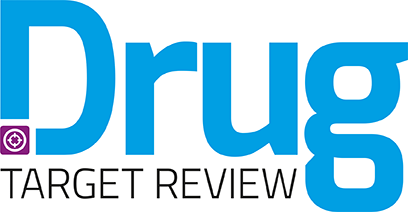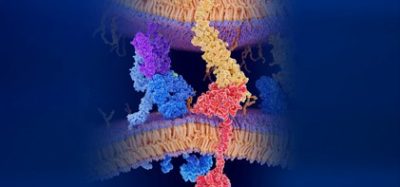Advanced test predicts ALK inhibitor success in lung cancer
Posted: 25 April 2025 | Drug Target Review | No comments yet
Researchers have developed a test that accurately predicts whether patients with ALK-positive lung cancer will respond to targeted treatments. This could significantly enhance personalised cancer therapies and overcome treatment resistance.


A new study led by researchers at the University of Barcelona has demonstrated that dynamic BH3 profiling (DBP), a novel functional test, can accurately predict the effectiveness of ALK inhibitors in patients with non-small cell lung cancer (NSCLC). This finding could greatly advance personalised cancer treatments for the roughly 5 percent of NSCLC patients with ALK gene alterations.
A functional test for precision treatment
Non-small cell lung cancer accounts for 85 percent of all lung cancer cases, and among these, mutations in the ALK gene lead to unchecked tumour growth in a small but significant subset of patients. Targeted therapies using ALK inhibitors have transformed treatment outcomes for these patients, improving survival and quality of life. However, until now, there has been no reliable way to predict which tumours will respond best to these drugs.
The new research, published in Cell Death and Disease, demonstrates that DBP could fill that gap. Much like an antibiogram helps doctors choose the right antibiotic for a bacterial infection, DBP directly tests how a patient’s living tumour cells react to ALK inhibitors, which helps to pinpoint the most effective therapy.
This technique could complement existing genomic tests and sequencing tools, especially in complex cases.
“This technique could complement existing genomic tests and sequencing tools, especially in complex cases,” said Professor Joan Montero, who led the study. Montero is a faculty member at the University of Barcelona and a researcher with CIBER-BBN and the Institute for Bioengineering of Catalonia (IBEC).
“These targeted therapies confer the longest survival in non-small cell lung cancer and are better tolerated than cytotoxic agents. The use of ALK inhibitors in the clinic not only increases patient survival, but also improves their quality of life”, says Montero
“In this context, dynamic BH3 profiling could complement the application of genomic assays and mass sequencing that routinely guide the use of these targeted therapies in cancer patients, especially in complex cases.”
The role of MCL-1 in drug resistance
The study also highlights a key reason why some tumours eventually stop responding to ALK inhibitors: resistance driven by the protein MCL-1. This anti-apoptotic protein helps cancer cells evade programmed cell death, a central mechanism that many treatments rely on to eliminate tumours.
This anti-apoptotic protein helps cancer cells evade programmed cell death.
“Therapy-resistant cancer cells often adapt by increasing anti-apoptotic defences,” explained first author Fernando Martín. “We now know that MCL-1 plays a major role in this resistance mechanism in ALK-positive NSCLC.”
Importantly, the team showed that adding BH3 mimetics, drugs that block anti-apoptotic proteins, can restore sensitivity to ALK inhibitors, both in lab experiments and animal models. The findings suggest that combining ALK inhibitors with BH3 mimetics may overcome resistance and prolong treatment effectiveness.
A more personalised approach to lung cancer
ALK inhibitors are already considered a game-changer for ALK-positive NSCLC. These targeted therapies are more effective and better tolerated than traditional chemotherapy and can even penetrate the blood-brain barrier, which is a crucial benefit, since one-third of patients with advanced NSCLC develop brain metastases.
But despite these advances, treatment resistance remains a challenge.
Next steps in research
“Our ultimate goal is to personalise cancer treatment at the functional level,” Montero and Martín concluded. “With tools like DBP, we can better predict how each tumour will behave and stay one step ahead of resistance.”
Related topics
Assays, Cancer research, Drug Discovery, Drug Discovery Processes, Drug Targets, Oncology, Personalised Medicine, Therapeutics, Translational Science
Related conditions
Lung cancer
Related organisations
University of Barcelona
Related people
Professor Joan Montero








